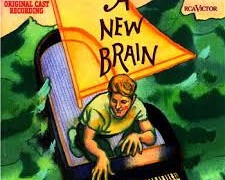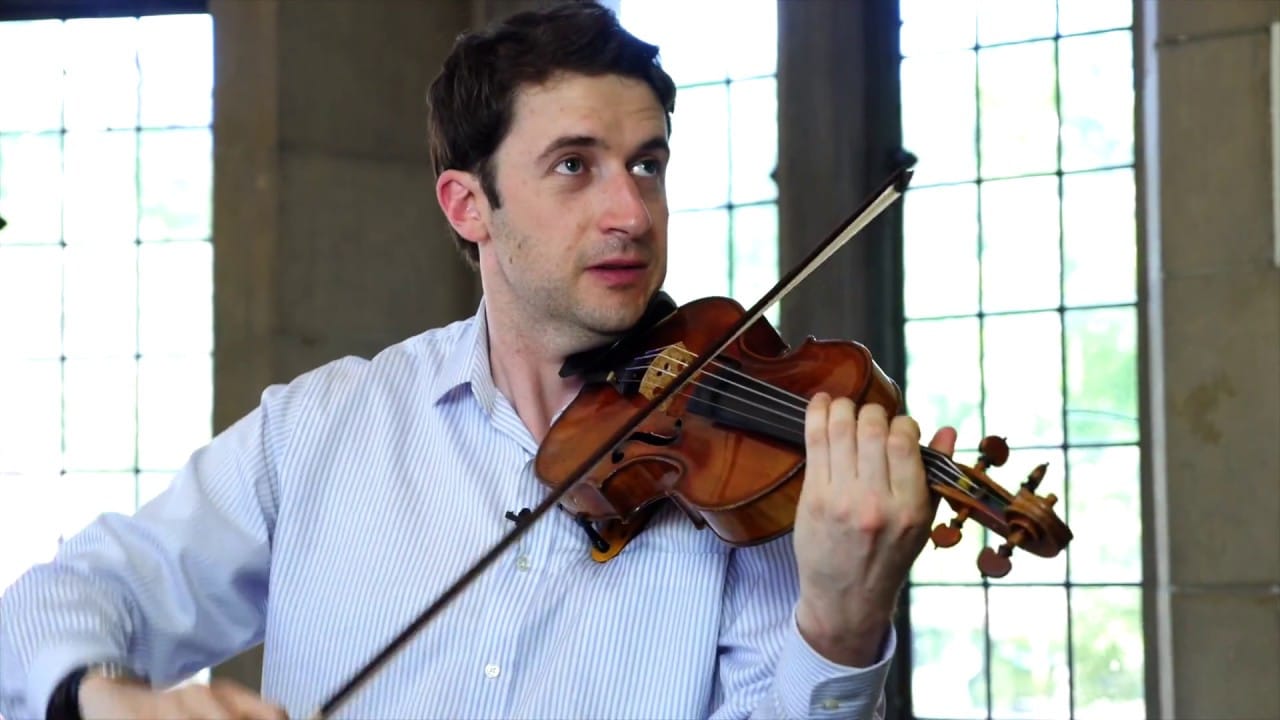Have they cracked the secret of perfect pitch?
mainNeuro psychologists at Zurich University think they have found the area of the brain that gives us, or withholds, the ability to identify a note on hearing it. Now they are trying to work out why. It seems there are two theories…. Read summary here (in English).






Comments